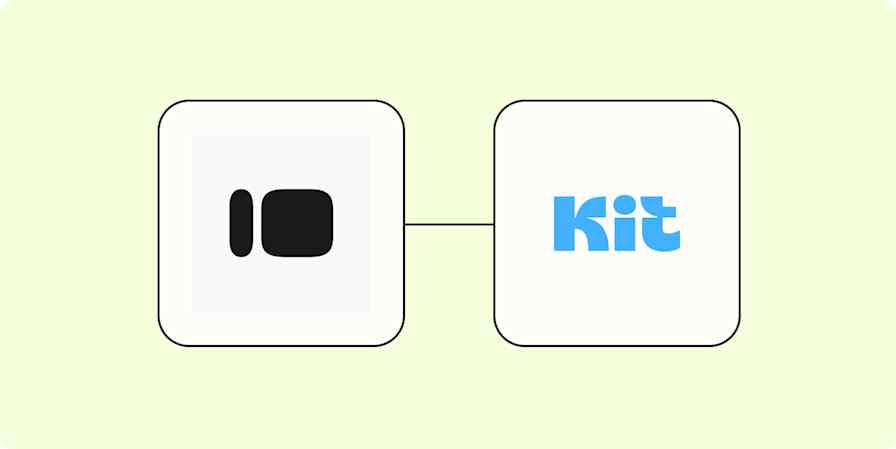Zapier tutorials
6 min readHow to shorten Google Drive links with Zapier
By Krystina Martinez · May 8, 2023

Get productivity tips delivered straight to your inbox
We’ll email you 1-3 times per week—and never share your information.
Related articles
Improve your productivity automatically. Use Zapier to get your apps working together.







